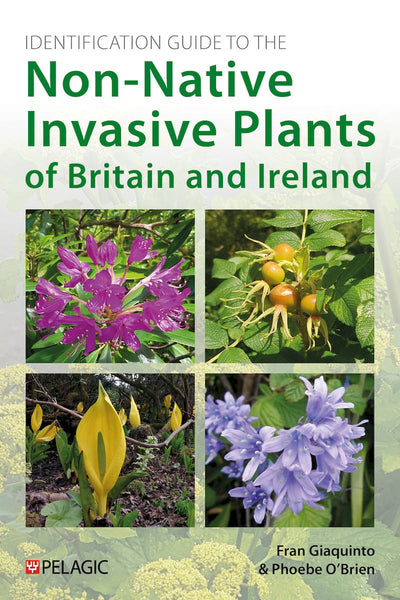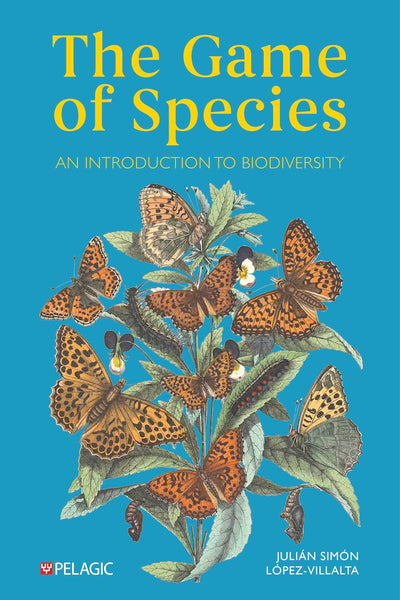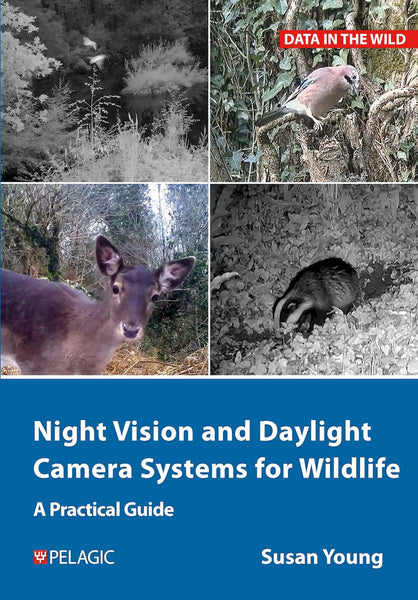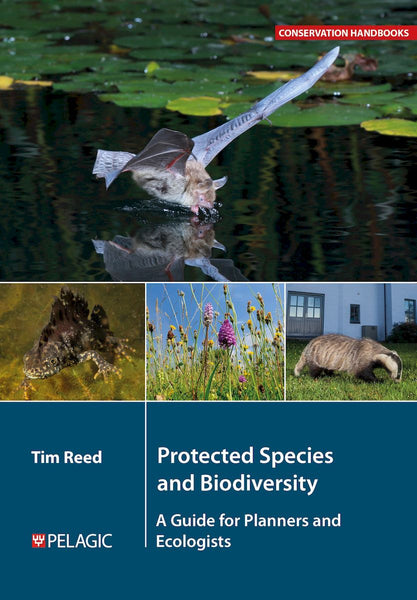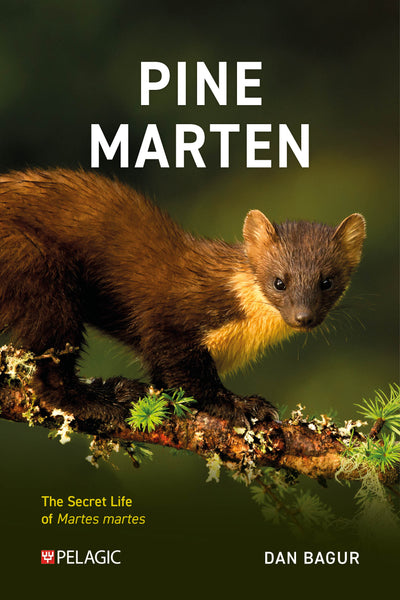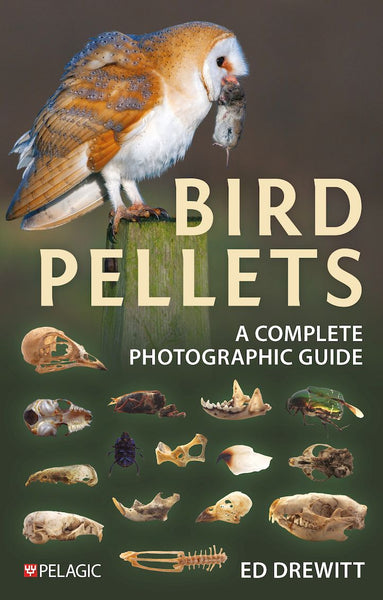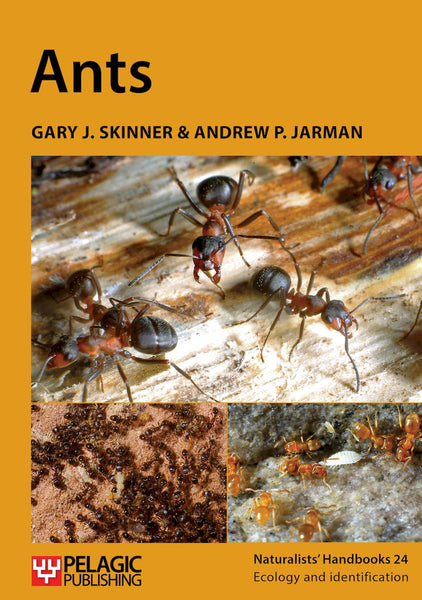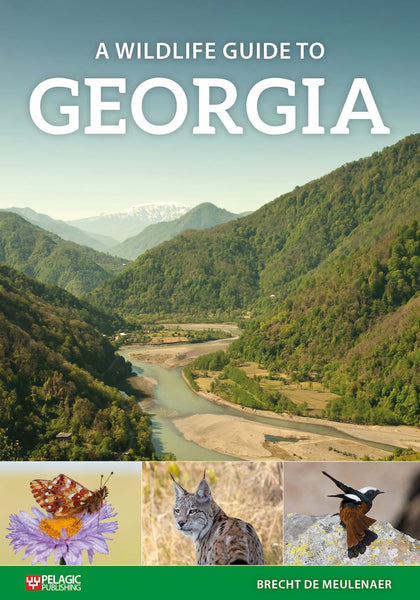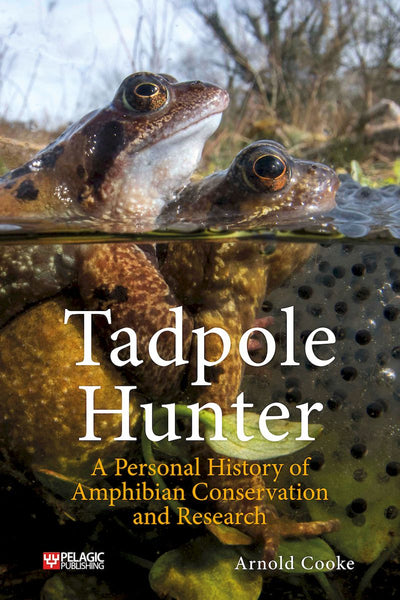Bjørn Olav Tveit talks to us about A Birdwatcher's Guide to Norway and his love for the avifauna of his home country.
Could you tell us a little about your background and when your love of birds began?
My dad came home to our suburban Oslo home one day when I was about 10 years old and told me that he had received too much money during a withdrawal from the local bank. I wondered what he did with the money, rubbing my hands and smiling to myself, thinking we were finally rich. But he said he went back to the bank and handed over the excess amount. In return, the banker gave him a gift: a book about birds! I was fascinated by his story and very happy that he gave the book to me. I spent a lot of time studying it and so I guess this sparked off my now more than 40 years old fascination for birds.

Dotterel on the nest (Photo: Terje Kolaas)
What prompted you to write A Birdwatcher's Guide to Norway?
When travelling with my parents abroad as a kid, I used to lose myself in the birdwatcher's site guides for that country or region. However, I was puzzled by the fact that no such book existed for Norway. Rumours were put out, saying that some older and more experienced birdwatchers were in the process of writing such a guidebook, but the years went by, and the book never materialised. Not only would I need such a guidebook myself, as my activity range gradually expanded beyond Oslo, but I was also embarrassed on behalf of my country by the lack of such a guide. In my eyes, at least at the time, a birdwatching site guide defines a country's identity and level of development. So, I decided I had no other option than to make that guide book myself.

Black Woodpecker is the most important provider of natural, large cavities in the Scandinavian forests. It uses the hole only the year it makes it, leaving it for the enjoyment of owls and a variety of other species in subsequent seasons. (Photo: Kjartan Trana)
What did you enjoy the most about writing the book?
Discovering Norway, for sure! It was a remarkable experience travelling across Norway, taking in the spectacular scenery and variation in habitats and birdlife. When starting out, I first used a lot of time at home, taking notes while reading trip reports and local bird magazines. I corresponded with more than 100 local birdwatchers who helped me in various ways; picking the sites and giving me their opinion on how to get the most out of a birding trip in their area. Then I fired up the car and drove across Norway for weeks on end, double-checking all the theoretical information, focusing on making sure that a lone birdwatcher would definitely be able to find the way and make the most of his or her birdwatching trip, solely with the help of this book. To ensure I visited all the included sites (and a few that were subsequently dropped), I couldn’t afford to spend as much time at each site as I would have liked, however, and so I have returned to many of the finest places just for the birdwatching.
This is the enhanced second edition of the book, what made you decide that now is the time for an update?
This new edition is long overdue, because the first one was sold out quickly after its release back in 2011. I have seen it being sold second-hand on Amazon for ten times the original price, and I have hundreds of emails requesting a reprint. However, I didn’t just want to reprint the original edition, because a lot of things change from one year to the next, particularly in terms of ever-changing infrastructure such as roads, bridges, tunnels, ferries and new (and a few demolished) birdwatching hides. It takes a long time updating such a book, however, and because of covid and the prospects of few tourists travelling to Norway from abroad, I prioritised making a new Norwegian edition instead of an English one. But finally, here is the new English edition!

'Smøla Ptarmigan', or Willow Ptarmigan of the subspecies variegata, is the only endemic bird in Norway. (Photo: Espen Lie Dahl)
What was the biggest challenge you faced whilst writing the book?
Choosing the sites and how to best present them has been a challenge. But based on my experience with personally guiding birdwatchers from abroad all over Norway, I have prioritised the sites that can produce the target species that birders from abroad tend to aim for. I have also included many all-round good birding sites, especially those situated close to larger towns or popular tourist attractions. It is also a challenge keeping up with changes. For some reason, the road authorities here are not very proactive in informing birdwatching site guide authors when they make changes in the infrastructure, and so I’ve had to track these changes down manually.

Hawk Owl is active during the daylight hours and hunts small rodents and shrews primarily with the help of its sight. It often sits and scouts well exposed, although it may blend in with the birch trees. (Photo: Terje Kolaas)
Norway is known to be a dream location for bird enthusiasts across the globe, why do you think it has such appeal?
There are many good reasons for this, one being that it provides relatively easy access to birds that are often associated with remote parts of Siberia. These birds can be appreciated in a breathtaking landscape with fjords and mountains, in a Western country with modern infrastructure, and where everybody speaks English.
Do any of your experiences as an ornithologist stand out as favourites?
Being an Oslo-based birdwatcher, I tend to enjoy travelling to the west coast and the northern parts of Norway, because these areas have more birds, fewer people, and a particularly exotic and spectacular nature. Usually, my main goal in the field is finding rare birds, and I have found quite a few, including a few additions to the Norwegian species list. However, in the process of making this book, and by just having been around for a while, I have seen a lot of our negative impact on nature and bird habitats, and so I have gradually become more environmentally concerned. Hence, for a few years now I have volunteered as a nature conservation contact in my local chapter of BirdLife Norway, running wetland restoration projects.
Learn more about A Birdwatcher's Guide to Norway here.
















